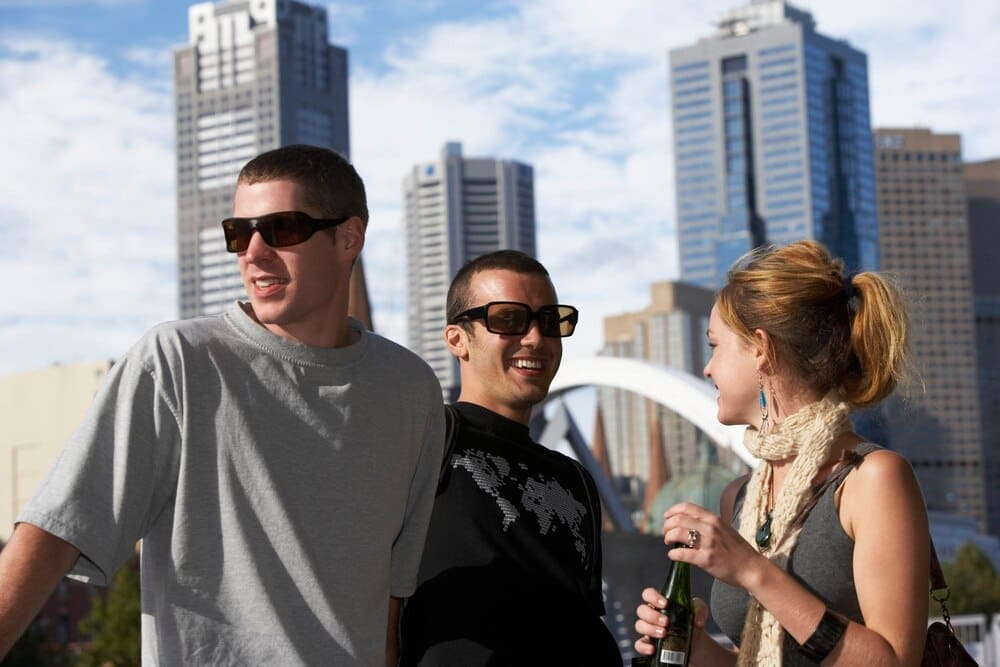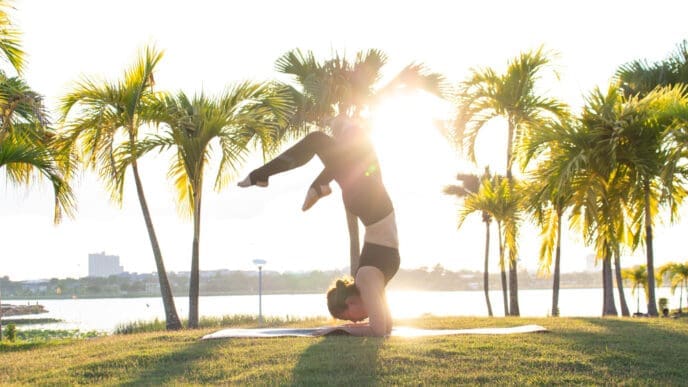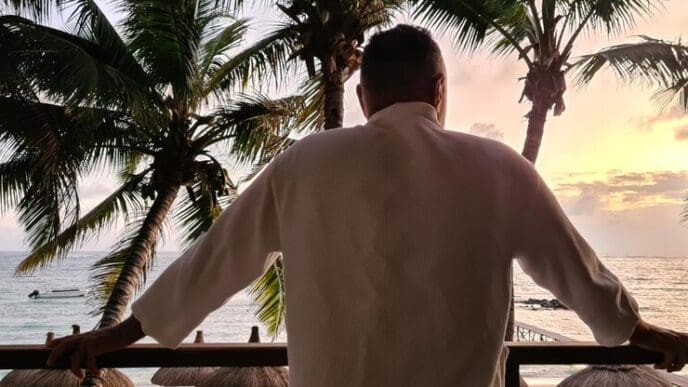For many new and even long-term residents of Miami, the city presents a confounding paradox: it is a place teeming with people yet rife with loneliness. The challenge of forging deep, authentic friendships in a social scene renowned for its glittering surfaces, transient populations, and high-energy nightlife is a modern-day mental health concern for thousands. This difficulty stems from a culture that often prioritizes image over intimacy, leading to feelings of isolation that stand in stark contrast to the city’s vibrant, sun-drenched exterior. Understanding the psychological barriers and adopting intentional, evidence-based strategies, however, can help individuals move beyond superficial encounters to cultivate the meaningful connections crucial for well-being.
The Miami Paradox: Socially Saturated, Emotionally Isolated
Miami’s social landscape can feel like an endless buffet of “social snacks”—quick, fleeting interactions that offer a momentary burst of engagement but lack real emotional nourishment. While parties on yachts, packed nightclubs, and bustling art festivals provide constant opportunities to be around others, they often fail to create the conditions necessary for genuine connection.
This environment can leave individuals feeling as though they are performing a role rather than being themselves. The pressure to maintain a certain image, whether it relates to wealth, beauty, or success, creates a barrier to the vulnerability that is the bedrock of true friendship.
Adding to the complexity is the city’s transient nature. People from all over the world move to Miami for its climate, career opportunities, or lifestyle, but many do not put down permanent roots. This constant churn can make investing time and emotional energy into new relationships feel like a risky proposition, fostering a subconscious reluctance to form deep attachments.
The Psychology of Connection: Why It’s Hard and Why It Matters
The drive to belong is a fundamental human need, as critical to our psychological health as food and water are to our physical health. Chronic loneliness is not merely a feeling of sadness; it is a significant public health issue linked by researchers to an increased risk of depression, anxiety, cognitive decline, and even cardiovascular disease.
At the heart of forming authentic relationships is the willingness to be vulnerable—to let down one’s guard and allow others to see the real, imperfect person behind the curated facade. In a city that often feels like a stage, taking off the mask can feel particularly daunting.
The Fear of Rejection
A primary psychological hurdle is the universal fear of rejection. This fear can become amplified in a competitive social environment where individuals may feel they are being constantly evaluated. The thought of extending a social invitation only to be turned down or ignored can be paralyzing, causing many to retreat into a safer, albeit more isolated, existence.
It is crucial to recognize this fear as a normal part of the human experience. However, allowing it to dictate one’s social behavior ensures the very outcome it seeks to avoid: loneliness. Building social resilience means learning to view rejection not as a reflection of one’s worth, but as a simple matter of incompatibility or timing.
The “Comparison Trap”
Miami’s visual and luxury-focused culture, supercharged by platforms like Instagram, creates a fertile ground for the “comparison trap.” When we are constantly exposed to idealized snapshots of others’ lives—their glamorous outings, perfect bodies, and apparent success—it is easy to feel that our own lives are lacking.
This constant social comparison can erode self-esteem and foster a sense of not being “interesting enough” or “successful enough” to merit friendship. It creates a mental barrier that prevents us from initiating connections because we have preemptively judged ourselves as unworthy.
Actionable Strategies for Building Your Miami Tribe
Overcoming these challenges requires a conscious shift in approach. Rather than passively waiting for friendships to happen, one must actively and intentionally create opportunities for connection. The following strategies are grounded in psychological principles that can help you find your community in the Magic City.
Shift Your Mindset: From Performing to Participating
The first step is to reframe your goal for social outings. Instead of entering a room with the objective of impressing others, focus on being present and genuinely curious. Let go of the need to perform and embrace the role of a participant.
Practice the art of active listening. Ask open-ended questions that go beyond surface-level small talk, such as “What are you passionate about outside of work?” or “What’s a project you’re excited about right now?” When you show a sincere interest in others, you make them feel seen and valued, which is the most powerful catalyst for connection.
Go Where Your Interests Are (Not Just Where the “Scene” Is)
The most enduring friendships are often built on a foundation of shared interests and values. While the trendy new lounge in South Beach might be packed, you are more likely to meet like-minded people at a place that aligns with your genuine passions.
Consider joining a niche community. If you love fitness, join a running club that meets in Brickell or a paddleboarding group in Key Biscayne. If you are creative, sign up for a pottery class in Allapattah or a writers’ workshop. For those passionate about community, volunteering for a beach clean-up or at a local urban garden provides a powerful way to connect with others who share your values.
By engaging in activities you truly enjoy, you not only increase your chances of meeting compatible people but also ensure you are having a good time regardless of the social outcome. This makes the process feel less like a chore and more like an enriching part of your life.
Embrace the “Mere-Exposure Effect”
Psychology offers a powerful tool for building connections: the mere-exposure effect. This principle states that people tend to develop a preference for things—and people—simply because they are familiar with them. You can leverage this by creating consistency in your routines.
Become a “regular” at a few key places. Frequent the same coffee shop in the morning, take your dog to the same park in Coconut Grove, or work from the same co-working space a few days a week. This repeated, low-stakes exposure creates a sense of familiarity with those around you, turning strangers into familiar faces and making it much easier to strike up a casual conversation.
Master the Art of the Follow-Up
Meeting someone interesting is only the beginning. The crucial next step, where most potential friendships falter, is the follow-up. Turning an acquaintance into a friend requires taking the initiative to bridge the gap between the first meeting and the next.
This does not need to be intimidating. A simple, specific, and low-pressure invitation is highly effective. For example: “It was great chatting with you at the book club. I was planning on checking out that new exhibit at the Pérez Art Museum you mentioned this weekend, would you be interested in joining?”
Being the one to extend the invitation is an act of courage, but it is the single most important action in transforming a fleeting interaction into a potential friendship. Do not wait for others to make the first move; assume the role of the initiator.
Navigating Setbacks and Building Resilience
It is important to enter this process with realistic expectations. Not every person you meet will become a close friend, and not every invitation will be accepted. You will likely encounter “ghosting” or unreciprocated effort along the way.
The key is to depersonalize these setbacks. If someone does not respond or declines an invitation, remind yourself that it is most likely a reflection of their own circumstances—their schedule, their social capacity, or their personal priorities—and not a judgment on your worth. Building a strong social circle is a process of discovery, and incompatibility is a natural part of that process.
Ultimately, cultivating authentic connections in Miami requires moving beyond the city’s glittering facade to engage with the communities that lie beneath. It demands a shift from a passive hope for friendship to an active, intentional pursuit of connection. By focusing on shared interests, embracing vulnerability, and consistently taking the initiative, you can build a supportive and genuine social circle that makes this vibrant city truly feel like home.













